World Fine Art Professionals and their Key-Pieces, 120 – Johan Barthold Jongkind
World Fine Art Professionals and their Key-Pieces, 120 – Johan Barthold Jongkind
At the place at Amsterdamse Veerkade where now Tong Ren Tang Pudu Health Centre is located, a Chinese massage company, once the painter Johan Barthold Jongkind lived. He is considered the most influential 19th century Dutch painter after Vincent van Gogh.
When Jongkind began his studies at the Drawing Academy in the Hague in 1837, he came to live in the house of Charles Rochussen, an artist.
Rochussen (1814-1894) described him as “a striking appearance, sturdy, tall, blonde, with light-blue eyes, constantly looking upward, so that his gaze seemed to reflect the light of the sky.” In his life, Jongkind had no lack of appreciation and affection. His contemporaries called him ‘Claude Lorrain of the winter image’ and ‘the prince of modern landscape painting’. The famous poet Charles Baudelaire spoke of ‘the pure Dutch painter’.
In 2004, The Hague Gemeentemuseum organized an exhibition of Jongkind’s work. He was proclaimed as ‘the father of modern landscape’, ‘the forerunner of the impressionists’, ‘a unique combination of Dutch descent and French education.’
The Hague Drawing Academy
Jongkind was born on June 3 1819 in Lattrop near Ootmarsum in the province of Overijssel as son of customs officer. In 1820 he moved with the family to Vlaardingen in the province of South Holland. Jongkind spent a significant part of his youth in Maassluis. After his father’s death in 1836 he went to The Hague Academy of the Arts, which then was called The Hague Drawing Academy. He was taught by The Hague painter Andreas Schelfhout, for him the dreamed painter of sea, ships, mills and sky. In 1837 he came to live in the house at the Amsterdam Veerkade and regularly made long walks in and outside the city.
Sometimes he visited his mother in Maassluis or he went to his sister in Klaaswaal. His friend Charles Rochussen accompanied him on his trips. He later told that on the way Jongkind recorded the landscapes that intrigued him with black chalk in a sketchbook. The sketches were used as a starting point for a number of etchings, which show recognizable topographical situations. For instance the images of the hike path between Schipluiden and Vlaardingen.
To Paris
When the French painter Eugène Isabey arrived in The Hague in 1845, Schelfhout praised his pupil at the French master. Isabey invited Jongkind to Paris to work in his studio. A year later Jongkind went, with a scholarship he received of the Prince of Orange, through his secretary, who was a friend of Schelfhout.
In Paris he met other Dutch painters, including Marinus Kuytenbrouwer. Together they went to the studio of François-Edouard Picot. Soon Jongkind had some success in the French Salons and won the appreciation of Théodore Chassériau. Jongkind discovered Parisian nightlife, but he almost drowned in it.
In 1849, Isabey dragged a depleted Jongkind from the taverns of Montmartre and took him to the Normandy coasts of Étretat, Fécamp and Honfleur. There, the Belgian painter Eugène Smits, along with Isabey, worked for the material, moral and physical recovery of the depressed Dutchman.
Back to Holland
Although he was rewarded with a medal in a Parisian Salon in 1852, he fell back in a chaotic state. The Salon of 1855 refused to mention him, the Royal scholarship was ending and he had quite some debts.
Total disappointed, Jongkind returned to Rotterdam, but his family ignored him. He lived until 1860 in Klaaswaal and in Overschie. Here he found his canals, old streets, infinite plains, wind and clouds, which he recorded in watercolors and on canvas. In all the loneliness he did not get rid of his drinking problem.
Paris again
After his Parisian friends had auctioned a large number of backed works in the Hotel Drouot, his debts could not be fully settled. A new resale on April 17, 1860 brought in 6000 French franc. At that point, Alexandre Cals, art dealer, asked Jongkind to come back to France.
On his return in Paris he became acquainted with Gustav Courbet. The 22-year-old Claude Monet was introduced to him by Eugène Boudin, whom he already knew from his Norman residence. Monet would declare later that “…..C’est à lui que je dois l’éducation définitive de mon oeil.”
Notwithstanding the repeated interest, support and appreciation of several artistic friends, Jongkind continued to make a mess of his life while he was hardly forty.
At Martin, he met Joséphine Fesser-Borrhee, a Dutch drawing teacher born in Namur/Belgium. She had come to France in 1839, near Nevers. It became the relationship of his life, which would last to his death. He found his balance, his health improved and a flowering period began. The couple installed in Parize-le-Châtel, near Nevers.
Normandy
Several times, both of them went to Normandy Honfleur or Sainte-Adresse near Le Havre. There, Jongkind, in the company of Boudin and the young Monet, created his famous beach scenes with the unbeatable light and cloud play.
He turned his back to the official Paris Salon, which ignored him and in 1863 he exhibited in the groundbreaking Salon des Refusés, next to Édouard Manet, Paul Cézanne, Henri-Fantin-Latour, Camille Pissarro and James McNeill Whistler. His name was made and he was desired by great art dealers like like Hector Brame and Adolphe Beugniet. The painter of countless Dutch vistas, the Parisian Seine quays and the moody moons had become the poet of full nature and the playing light.
The Dauphiné
As the Fesser family settled in the Dauphiné around 1870, Jongkind spent his latter life largely there. Despite all support, concern, helpfulness, appreciation and vigilance, the light-hearted Jongkind could not resist the bottle, especially when Joséphine was absent. When he attended the funeral of Camille Corot in 1875, he appeared as a vagabond.
Jules Fesser, the son of Joséphine, delivered the couple in 1878 a house in La Côte-Saint-André, near Grenoble in the Isère region. There he made many beautiful watercolors. His alcohol use was never a barrier to deliver good work.
His health deteriorated however, physically and psychologically. He had severe delirium crises. On January 27, 1891, he was admitted to the psychiatric asylum Saint-Rambert and on February 9, he died there. He was buried at the cemetery of La Côte Saint-André. Joséphine died nine months later.
Disclaimer: The views, opinions and positions expressed within this guest article are those of the author Walter van Teeffelen alone and do not represent those of the Marbella Marbella website. The accuracy, completeness and validity of any statements made within this article are not guaranteed. We accept no liability for any errors, omissions or representations. The copyright of this content belongs to Walter van Teeffelen and any liability with regards to infringement of intellectual property rights remains with the author.

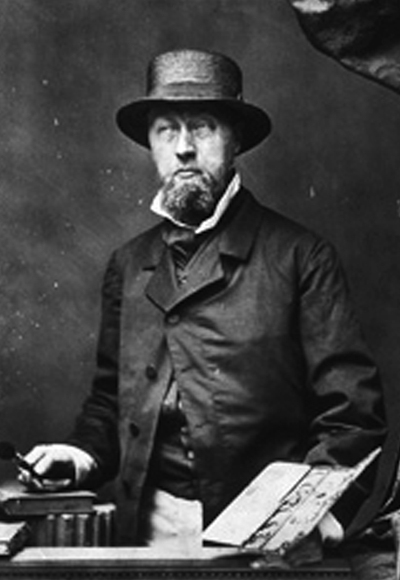

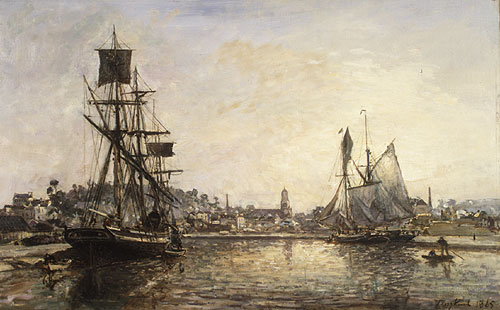
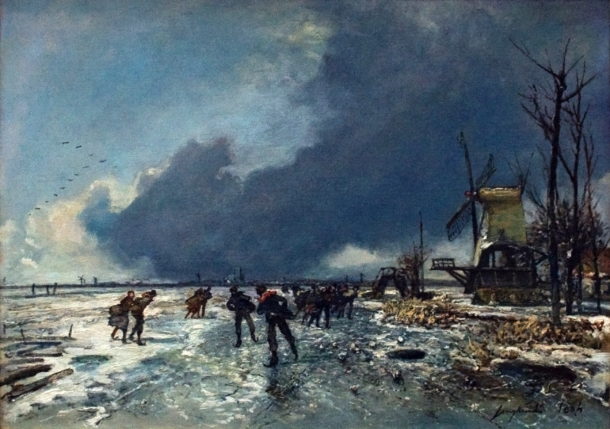
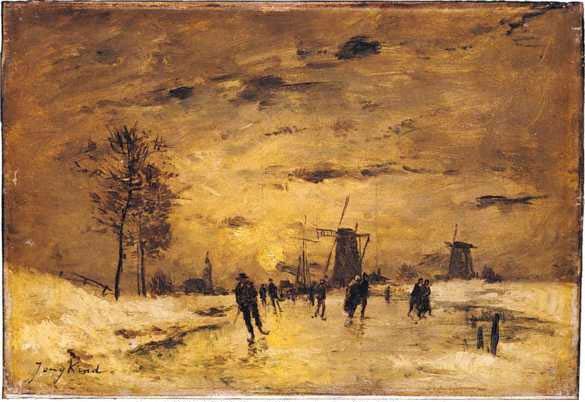
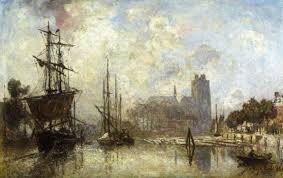
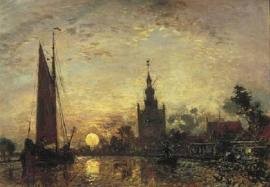
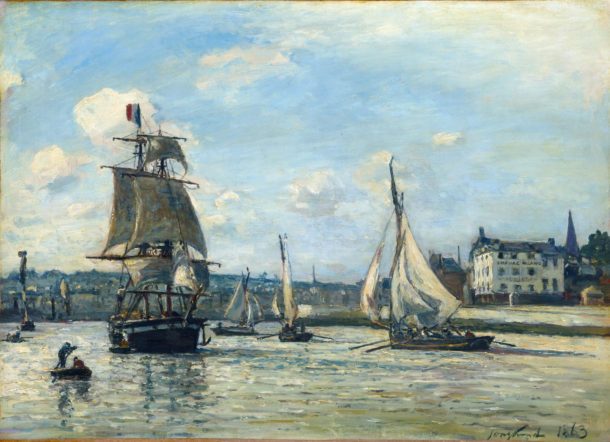

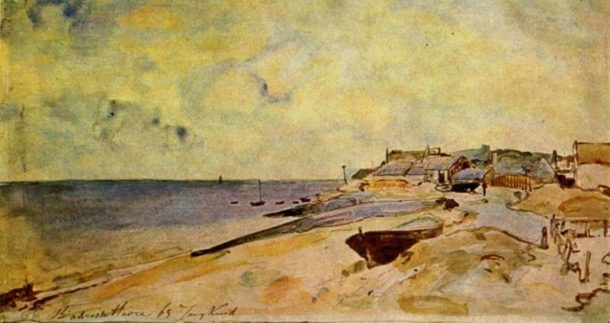














The opinions expressed by individual commentators and contributors do not necessarily constitute this website's position on the particular topic.